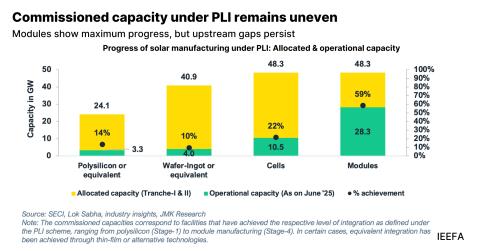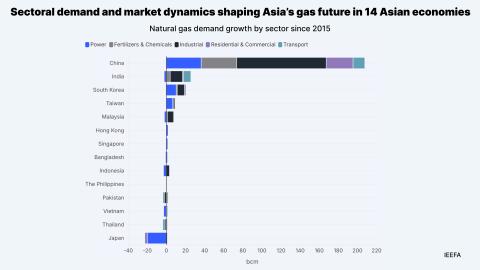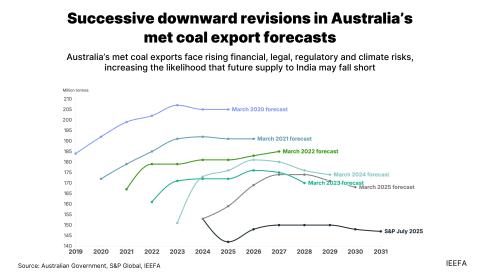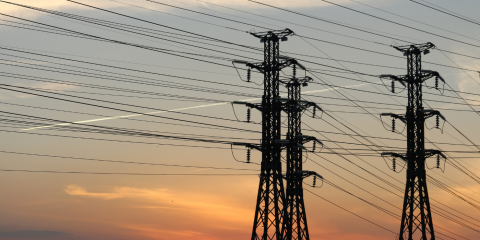Reopening closed coal plants makes no economic sense
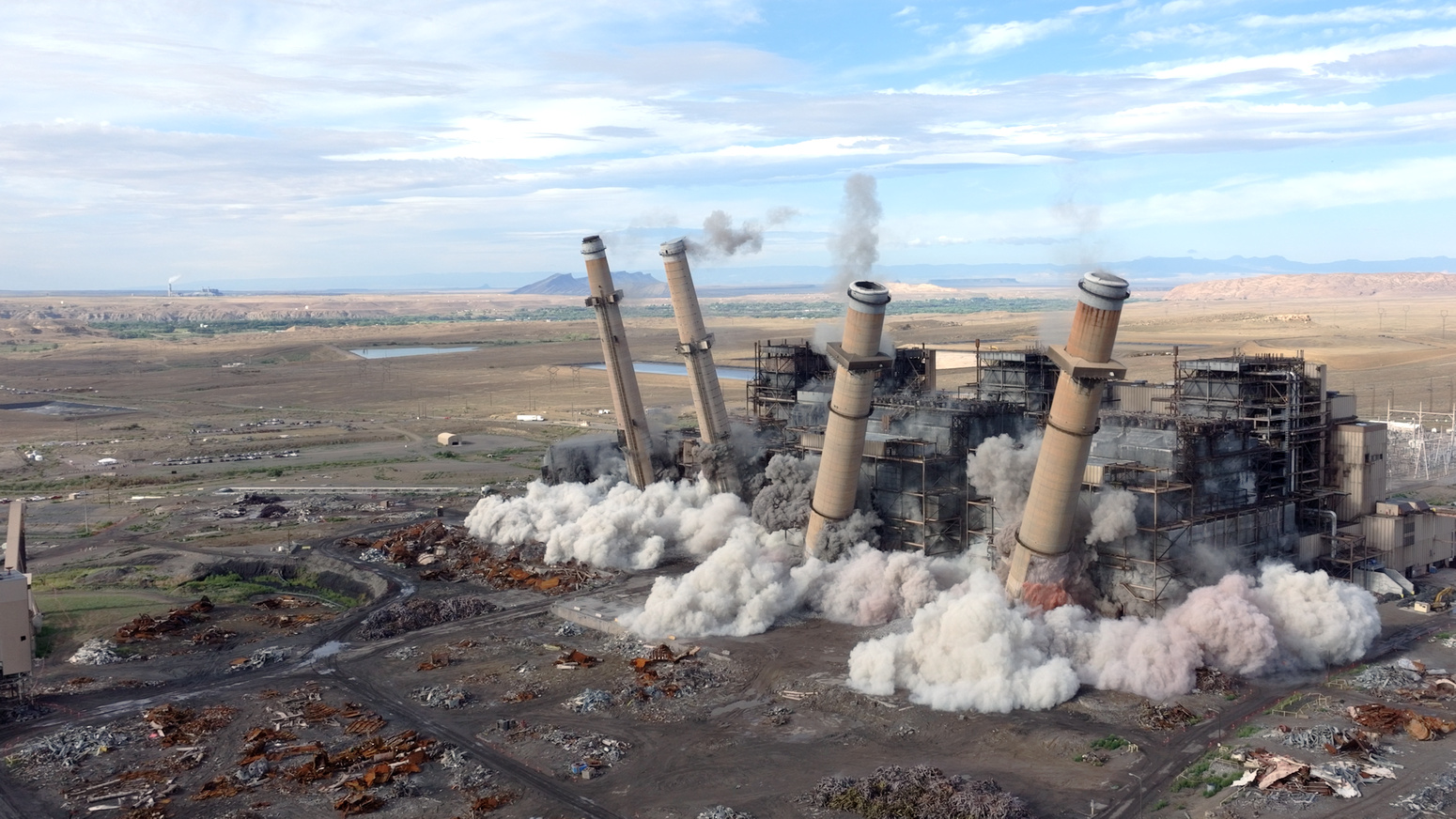
Current coal facilities can barely compete with renewables, battery storage
Key Takeaways:
The U.S. administration released a series of executive orders designed to stave off the closure of coal-fired power plants and encourage the restart of recently closed units.
IEEFA’s analysis of the 102 recently closed/converted units found that few are legitimate candidates to be brought back online.
The declining economic competitiveness of coal cannot be changed via executive order, and restarting coal plants remains economically risky.
The only option that makes economic sense and that can bring significant quantities of new generation capacity online quickly is to continue the current buildout of wind, solar and battery storage.
After declaring an “energy emergency,” the United States is calling for the restart of retired coal-fired power plants in order to help meet expected electricity demand growth. The latest research from IEEFA shows that few, if any, of the 102 coal-fired units closed in the past four years are reliable candidates for a restart.
Further, the plan to restart coal plants ignores the fact that most of the still-operating facilities are running far below their capacity, highlighting that restarting coal plants makes no economic sense. IEEFA analyzed 102 recently closed or converted units which have not operated since the beginning of 2021 and found that few are legitimate candidates to bring back online.
“Our analysis found that of the 102 units, 24 have been demolished, 13 have been converted to gas, one has been converted to oil, and all units have a median age of 56 years,” said Dennis Wamsted, IEEFA energy data analyst and co-author of the briefing note. “Plants that have been out of commission for over 4 years and are old would be expensive and economically inefficient to restart.”
As coal plants age, maintenance costs rise, pushing up their generation costs, making them uncompetitive. As a result, utilities are increasingly turning to lower-cost, and quick to build, power generation from solar, wind and battery power.
Spending public money to reopen closed coal plants with uncertain maintenance needs and unpredictable future performance makes no sense—economic or otherwise. There is plenty of “extra” generation capacity in the current operating fleet. The problem is, that capacity is not economic.
The only option that makes economic sense and that can bring significant quantities of new generation capacity online quickly is to continue the current buildout of wind, solar and dispatchable battery storage.



